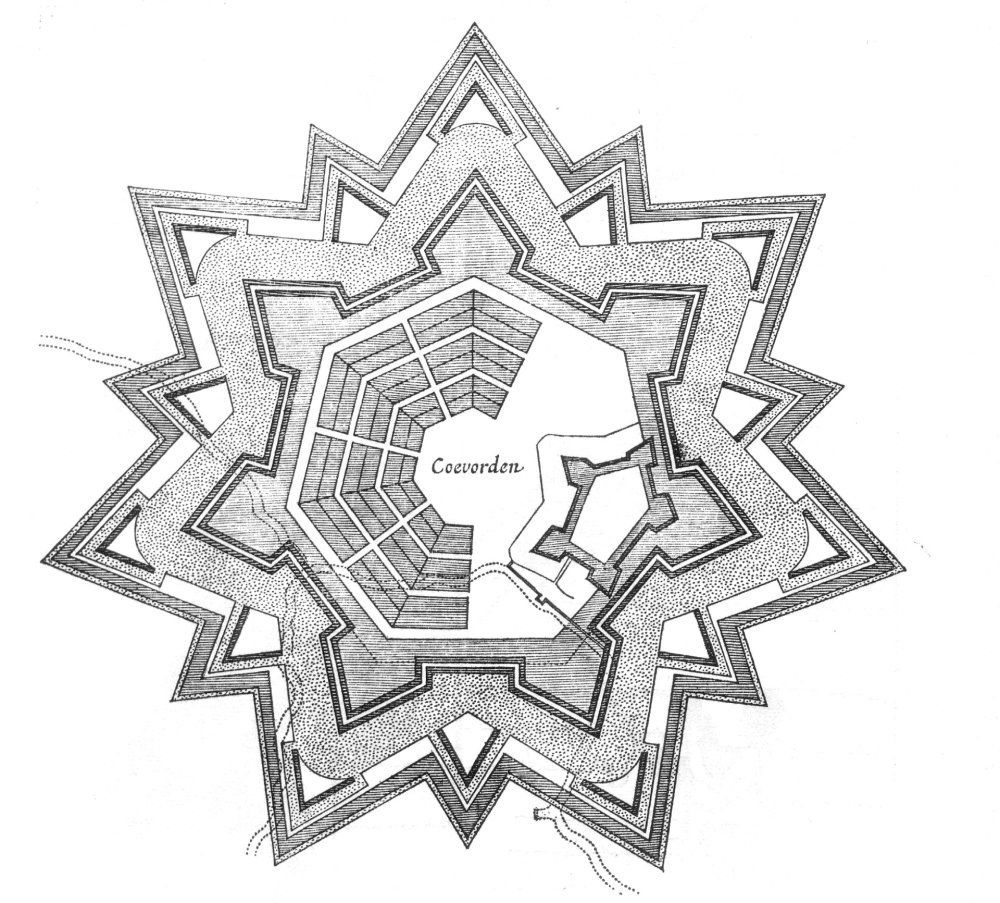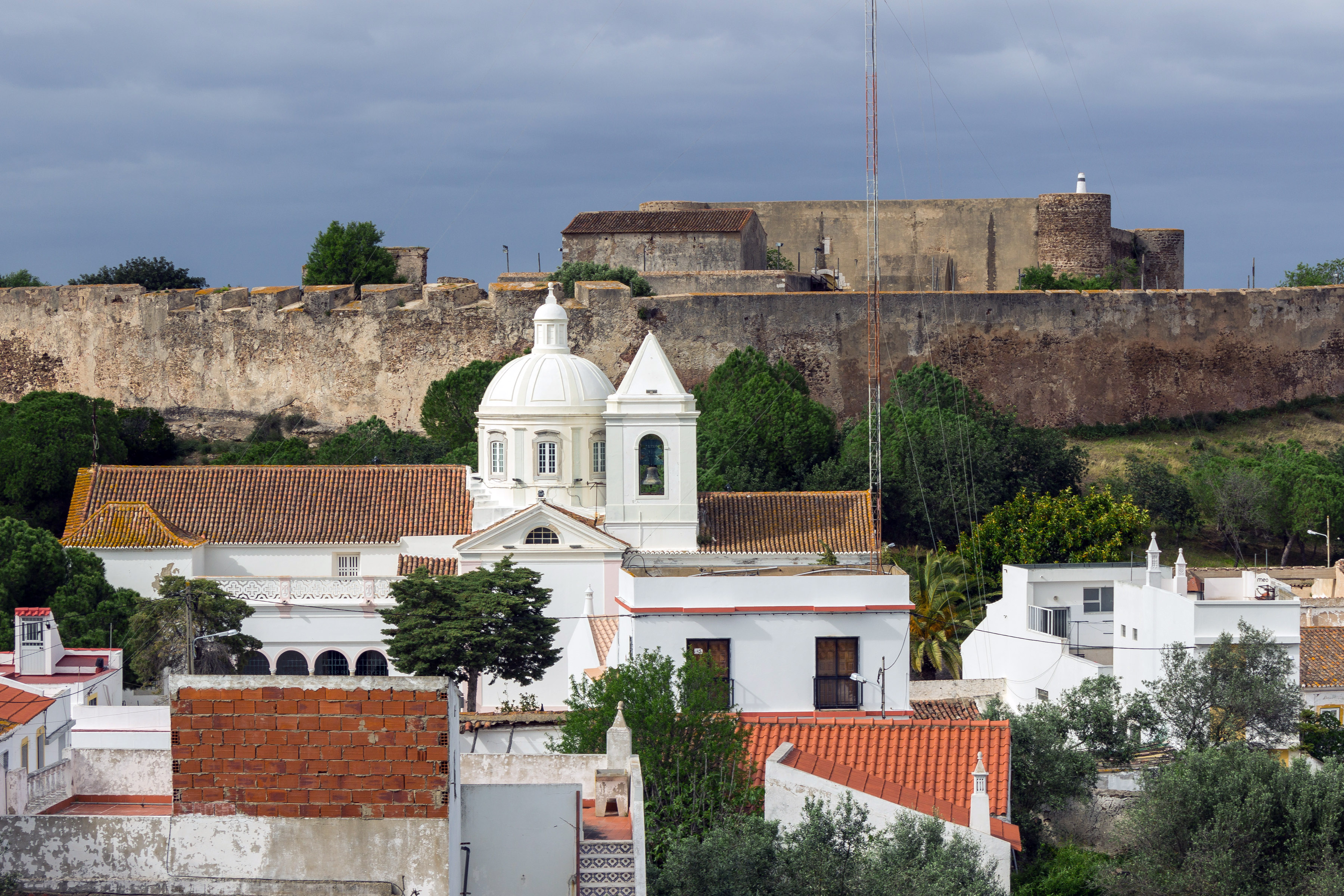|
Fort São Sebastião (Castro Marim)
The Fort São Sebastião of Castro Marim (''Forte de São Sebastão de Castro Marim'' in Portuguese) is located in the village, parish and municipality of Castro Marim, in the District of Faro, in Portugal. The fort is located to the south of Monte do Castelo, in Serra do Cabeço, where there was originally a hermitage under the invocation of Saint Sebastian, demolished during the fortification works.''FORTE DE SÃO SEBASTIÃO'' at jf-castromarim.pt Its importance stems from it being the best preserved example of the extensive process of renovation of the town's defensive system in the mid-17th century. The fort has been classified as a National Monument since 2012. History Work on the fort began in April 1641 under the reign of[...More Info...] [...Related Items...] OR: [Wikipedia] [Google] [Baidu] |
Castro Marim
Castro Marim (), officially the Town of Castro Marim (), is a town and a municipality in the southern region of Algarve, in Portugal. The population in 2011 was 6,747, in an area of 300.84 km2. The current mayor is Francisco Amaral, elected by the Social Democratic Party (Portugal), Social Democratic Party. The municipal holiday is June 24. In the Roman era, Castro Marim was known as Aesuris. Every year in the end of August there is a Medieval Fair/Festival that reunites many people from across the world to perform, like medieval musicians, archers, swordsmen, dancers, troupes, etc. There are sellers too: blacksmiths, textile crafters (weaving), herbs sellers, etc. In honour to his Portuguese mother, Lucia Gomes, from Castro Marim, Paco de Lucía - the Spanish composer and guitarist - named his thirteenth studio album Castro Marín. Parishes Administratively, the municipality is divided into 4 civil parishes (''freguesia (Portugal), freguesias''): * Altura (Castro Marim) ... [...More Info...] [...Related Items...] OR: [Wikipedia] [Google] [Baidu] |
Portugal
Portugal, officially the Portuguese Republic, is a country on the Iberian Peninsula in Southwestern Europe. Featuring Cabo da Roca, the westernmost point in continental Europe, Portugal borders Spain to its north and east, with which it shares Portugal-Spain border, the longest uninterrupted border in the European Union; to the south and the west is the North Atlantic Ocean; and to the west and southwest lie the Macaronesia, Macaronesian archipelagos of the Azores and Madeira, which are the two Autonomous Regions of Portugal, autonomous regions of Portugal. Lisbon is the Capital city, capital and List of largest cities in Portugal, largest city, followed by Porto, which is the only other Metropolitan areas in Portugal, metropolitan area. The western Iberian Peninsula has been continuously inhabited since Prehistoric Iberia, prehistoric times, with the earliest signs of Human settlement, settlement dating to 5500 BC. Celts, Celtic and List of the Pre-Roman peoples of the Iberia ... [...More Info...] [...Related Items...] OR: [Wikipedia] [Google] [Baidu] |
Bastion Fort
A bastion fort or ''trace italienne'' (a phrase derived from non-standard French, meaning 'Italian outline') is a fortification in a style developed during the early modern period in response to the ascendancy of gunpowder weapons such as cannon, which rendered earlier medieval approaches to fortification obsolete. It appeared in the mid-fifteenth century in Italy. Some types, especially when combined with ravelins and other outworks, resembled the related star fort of the same era. The design of the fort is normally a polygon with bastions at the corners of the walls. These outcroppings eliminated protected blind spots, called "dead zones", and allowed fire along the curtain wall from positions protected from direct fire. Many bastion forts also feature cavaliers, which are raised secondary structures based entirely inside the primary structure. Origins Their predecessors, medieval fortresses, were usually placed on high hills. From there, arrows were shot at the ene ... [...More Info...] [...Related Items...] OR: [Wikipedia] [Google] [Baidu] |
Faro District
Faro District ( ) is the southernmost district of Portugal. The area is the same as that of the Algarve region. The administrative centre, or district capital, is the city of Faro. It borders Spain. Municipalities The district is composed of 16 municipalities: * Albufeira * Alcoutim * Aljezur * Castro Marim * Faro * Lagoa * Lagos * Loulé * Monchique * Olhão * Portimão * São Brás de Alportel * Silves * Tavira * Vila do Bispo * Vila Real de Santo António All 16 municipalities are divided into 67 parishes or freguesias. Cities * Albufeira * Faro * Lagoa * Lagos * Loulé * Olhão * Portimão * Quarteira (Loulé) * Silves * Tavira * Vila Real de Santo António Villages * Alcantarilha (Silves) * Alcoutim * Algoz (Silves) * Almancil (Loulé) * Alvor (Portimão) * Armação de Pêra (Silves) * Aljezur * Bensafrim (Lagos) * Cabanas de Tavira (Tavira) * Carvoeiro (Lagoa) * Castro Marim * Estômbar (Lagoa) * Ferragudo (Lagoa) * Fuseta (Olhã ... [...More Info...] [...Related Items...] OR: [Wikipedia] [Google] [Baidu] |
Saint Sebastian
Sebastian (; ) was an early Christianity, Christian saint and martyr. According to traditional belief, he was killed during the Diocletianic Persecution of Christians. He was initially tied to a post or tree and shot with arrows, though this did not kill him. He was, according to tradition, rescued and healed by Irene of Rome, which became a popular subject in 17th-century painting. In all versions of the story, shortly after his recovery he went to Diocletian to warn him about his sins, and as a result he was clubbed to death. He is venerated in the Roman Catholic Church, Catholic Church and the Eastern Orthodox Church, Orthodox Church as the patron saint of athletics, archery, and plagues. The oldest record of the details of Sebastian's martyrdom is found in the ''Chronograph of 354'', which mentions him as a martyr, venerated on January 20. He is also mentioned in a sermon on Psalm 118 by 4th-century bishop Ambrose, Ambrose of Milan: in his sermon, Ambrose stated that Sebas ... [...More Info...] [...Related Items...] OR: [Wikipedia] [Google] [Baidu] |
John IV Of Portugal
''Dom (honorific), Dom'' John IV (; 19 March 1604 – 6 November 1656), also known by the Portuguese as John the Restorer (), was the List of Portuguese monarchs, King of Portugal from 1640 until his death in 1656. He Portuguese Restoration War, restored the independence of Portugal from Habsburg Spain, Habsburg Spanish rule by terminating the 60-year-old Iberian Union in which Portugal and Spain personal union, shared the same monarch, and by establishing the House of Braganza on the Portuguese throne. Before becoming king, he was John II, the 8th Duke of Braganza. He was the grandson of Catherine, Duchess of Braganza, a claimant to the crown during the Portuguese succession crisis of 1580. On the eve of his death in 1656, the Portuguese Empire was at its territorial zenith, spanning the globe. Early life John IV was born at Vila Viçosa and succeeded his father Teodósio II, Duke of Braganza, Teodósio II as Duke of Braganza when the latter died insane in 1630. He married Lu ... [...More Info...] [...Related Items...] OR: [Wikipedia] [Google] [Baidu] |
Portuguese Restoration War
The Restoration War (), historically known as the Acclamation War (''Guerra da Aclamação''), was the war between Portugal and Spain that began with the Portuguese revolution of 1640 and ended with the Treaty of Lisbon in 1668, bringing a formal end to the Iberian Union. The period from 1640 to 1668 was marked by periodic skirmishes between Portugal and Spain, as well as short episodes of more serious warfare, much of it occasioned by Spanish and Portuguese entanglements with non-Iberian powers. Spain was involved in the Thirty Years' War until 1648 and the Franco-Spanish War until 1659, while Portugal was involved in the Dutch–Portuguese War until 1663. In the seventeenth century and afterwards, this period of sporadic conflict was simply known, in Portugal and elsewhere, as the ''Acclamation War''. The war established the House of Braganza as Portugal's new ruling dynasty, replacing the House of Habsburg who had been united with the Portuguese crown since the 1580 succes ... [...More Info...] [...Related Items...] OR: [Wikipedia] [Google] [Baidu] |
Ravelin
A ravelin is a triangular fortification or detached outwork, located in front of the innerworks of a fortress (the curtain walls and bastions). Originally called a ''demi-lune'', after the ''lunette'', the ravelin is placed outside a castle and opposite a fortification curtain wall. The ravelin is the oldest and at the same time the most important outer work of the bastion fortification system. It originated from small forts that were supposed to cover the bridge that led across the moat to the city or fortress gate from a direct attack. From this original function, to protect the gate bridge, also comes its original Italian name "''rivellino''" (which means small bank work or with the German expression common for it: ''Brückenkopf'' – "bridge head"). Therefore, the ravelin was at first only a small work, which should only make the access to the bridge in front of the fortress gates more difficult. When it was realized in the 16th century that this would generally provide ... [...More Info...] [...Related Items...] OR: [Wikipedia] [Google] [Baidu] |
Castle Of Castro Marim
The Castle of Castro Marim is a medieval castle on a hilltop overlooking the freguesia, civil parish of Castro Marim (parish), Castro Marim, in the municipality of the Castro Marim Municipality, same name, in the Portugal, Portuguese Algarve. The castle was part of the defensive line controlled by the Knights Templar, a stronghold used during the Portuguese Reconquista, and adapted during the Portuguese Restoration War, Restoration War to defend the frontier. The castle is located in a unique landscape due to the proximity of salt and mouth of the Guadiana River. Within the castle fortification are two epigraphic inscriptions: one, the first to record a settlement established by a Portuguese monarch, while the second carving identifies the alterations occurring under the reign of King Denis of Portugal, Denis. History In the vicinity of the fortress there must have existed a Castro culture, castro, dating to the Neolithic period, and successively occupied by Phoenicians, Gree ... [...More Info...] [...Related Items...] OR: [Wikipedia] [Google] [Baidu] |
Forts In Portugal
A fortification (also called a fort, fortress, fastness, or stronghold) is a military construction designed for the defense of territories in warfare, and is used to establish rule in a region during peacetime. The term is derived from Latin ("strong") and ("to make"). From very early history to modern times, defensive walls have often been necessary for cities to survive in an ever-changing world of invasion and conquest. Some settlements in the Indus Valley Civilization were the first small cities to be fortified. In ancient Greece, large cyclopean stone walls fitted without mortar had been built in Mycenaean Greece, such as the ancient site of Mycenae. A Greek '' phrourion'' was a fortified collection of buildings used as a military garrison, and is the equivalent of the Roman castellum or fortress. These constructions mainly served the purpose of a watch tower, to guard certain roads, passes, and borders. Though smaller than a real fortress, they acted as a bord ... [...More Info...] [...Related Items...] OR: [Wikipedia] [Google] [Baidu] |






